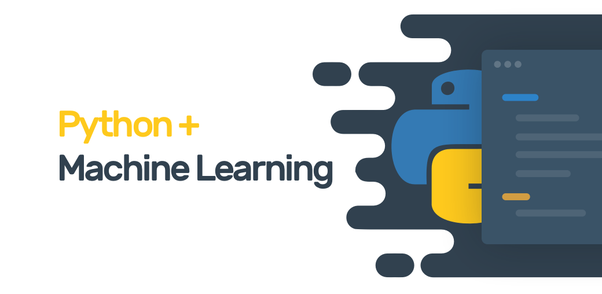Description
Introduction
Welcome to Data Structures and Java Training !Data structures are essential for organizing, managing, and storing data efficiently in computer programs. Java, being an object-oriented programming language, provides a robust set of built-in data structures, allowing developers to implement algorithms effectively. This course will explore various data structures available in Java, their implementations, use cases, and how they can optimize program performance.
Prerequisites for Data Structures and Java
- Basic Knowledge of Java: Familiarity with Java syntax, object-oriented principles, and basic programming constructs like loops, conditionals, and methods.
- Understanding of Algorithms: Basic knowledge of algorithmic concepts, including complexity analysis, which is crucial for evaluating the efficiency of data structures.
- Problem-Solving Skills: Ability to approach programming challenges logically and methodically.
- Familiarity with Integrated Development Environments (IDEs): Experience using Java IDEs such as Eclipse or IntelliJ IDEA for coding and testing Java applications.
TABLE OF CONTENT
1. Introduction to Java
1.1 Overview of Java
1.2 Setting up the Development Environment
1.3 Basic Syntax and Data Types
2. Object-Oriented Programming in Java
2.1 Classes and Objects
2.2 Inheritance
2.3 Polymorphism
2.4 Encapsulation
2.5 Abstraction
3. Java Collections Framework
3.1 Introduction to Collections
3.2 List, Set, and Map Interfaces
3.3 ArrayList, LinkedList, HashSet, HashMap, etc.
4. Exception Handling
4.1 Handling Exceptions in Java
4.2 Custom Exceptions
5. Java I/O
5.1 File Handling in Java(Ref: Mastering Java Persistence with Spring Data and Hibernate)
5.2 Reading and Writing Files
6. Introduction to Data Structures
6.1 Arrays
6.2 Linked Lists
6.3 Stacks
6.4 Queues
7. Sorting and Searching Algorithms
7.1 Bubble Sort, Selection Sort, Insertion Sort
7.2 Quick Sort, Merge Sort
7.3 Binary Search
8. Trees and Graphs
8.1 Binary Trees
8.2 Tree Traversals (Inorder, Preorder, Postorder)
8.3 Graph Representation
8.4 Depth-First Search (DFS) and Breadth-First Search (BFS)
9. Hashing
9.1 Hash Functions
9.2 Hash Tables
10. Dynamic Programming
10.1 Introduction to Dynamic Programming
10.2 Memoization and Tabulation
11. Advanced Data Structures
11.1 Heaps
11.2 Trie
11.3 Disjoint Set (Union-Find)
12. Concurrency in Java
12.1 Introduction to Multithreading
12.2 Synchronization in Java
13. Design Patterns
13.1 Creational, Structural, and Behavioral Patterns
14. Introduction to Algorithms
14.1 Time and Space Complexity
14.2 Big-O Notation
15. Java and Database Connectivity
15.1 JDBC (Java Database Connectivity)
15.2 Connecting to and Querying Databases
Conclusion
Mastering in data structures and Java and enhances problem-solving skills. By understanding how to implement and utilize various data structures, developers can write more efficient, scalable, and maintainable code. This knowledge lays a strong foundation for tackling complex programming challenges and contributes to improved software design and architecture. Continuous practice with data structures will deepen understanding and proficiency in Java, making developers more effective in their roles.







Reviews
There are no reviews yet.